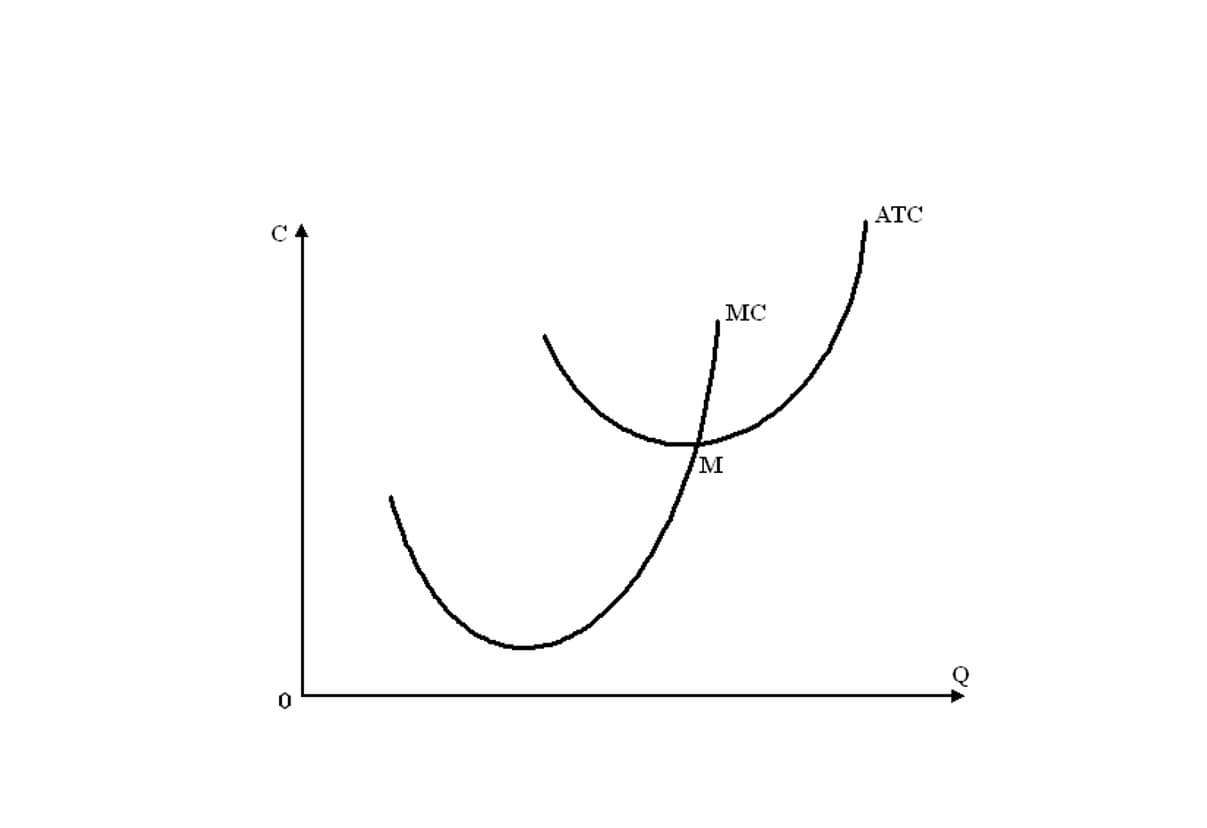What Is the Net Working Capital Ratio?

Therefore, this results in decreased liquidity and makes your business less competitive. So, it becomes very important to quickly convert inventory into cash. Thus, it is important to calculate changes in the Net Working Capital. This is to ensure that your business maintains a sufficient amount of Net Working Capital in each accounting period.
- Additionally, accountants can calculate and track NWC for clients with ease because accountants create financial statements that show the details needed for the NWC formula.
- Current assets are the assets that can be converted into cash within a short period of time, typically one year.
- However, it would have a negative Net Working Capital if its current liabilities would exceed its current assets.
- Besides this, they also consider the quality of your current assets.
Net working capital ratio
Since we have defined net working capital, we can now explain the importance of understanding the changes in net working capital (NWC). In the end, it all boils down to how much working capital is enough? The need for working capital is directly linked to the growth of the business. nwc meaning You need to answer this question considering serval attributes of working capital discussed above. Create a budget for expenses and report each of the cost components separately. Such a cost budget will help you to locate areas where our business is spending excessively.
Balance Sheet View
Net working capital is calculated by taking a company’s total current assets and subtracting any current liabilities. Current liabilities include accounts payable, short-term debt, taxes, and employee salaries. If a company takes out a short-term loan in the amount of $50,000, its net working capital won’t increase, because while it is adding $50,000 in assets, it is also adding $50,000 in liabilities. The Net Working Capital formula involves deducting current liabilities from current assets. Current assets encompass cash, accounts receivable, inventory, and short-term investments expected to convert to cash within a year.
What is the formula to calculate net working capital?
Mr. Arora is an experienced private equity investment professional, with experience working across multiple markets. Rohan has a focus in particular on consumer and business services transactions and operational growth. Rohan has also worked at Evercore, where he also spent time in private equity advisory. It’s vital to work with suppliers and financiers to win better payment terms. Still, it’s important to look at the types of assets and liabilities and the company’s industry and business stage to get a more complete picture of its finances. Most major new projects, like expanding production or entering into new markets, often require an upfront investment, reducing immediate cash flow.
- Calculating working capital provides insight into a company’s short-term liquidity and efficiency.
- On the other hand, a negative NWC means that a company will typically need to borrow or raise money to remain solvent.
- However, investments are not current assets—as a result, the company’s current assets equal 300.
- There are three important ways in which your current asset management differs from fixed assets management.
- This happens due to the timely payments you make to your suppliers and banking partners.
- Thus NWC should always be compared with the remaining balance left on any lines of credit.
Net Working Capital Calculation Example (NWC)
Since we’re measuring the increase (or decrease) in free cash flow, i.e. across two periods, the “Change in Net Working Capital” is the right metric to calculate here. Excessive NWC may for a long period of time can indicate a business is failing to use assets effectively. It might indicate that the business has too much inventory or isn’t investing excess cash. Alternatively, it could mean a company fails to leverage the benefits of low-interest or no-interest loans. Current assets are economic benefits that the company expects to receive within the next 12 months.
Access Exclusive Templates
Net working capital, for some, is too simple and doesn’t always illustrate the true financial status of the company. Current liabilities, similarly, represent all liabilities and debts that will need to be paid (or otherwise addressed) within the next year. This can include taxes due within the next year, accounts payable, salaries due, and other short-term expenses. Some people also choice to include the current portion of long-term debt in the liabilities section. This makes sense because although it stems from a long-term obligation, the current portion will have to be repaid in the current year.

Understanding Working Capital
On SoFi’s marketplace, you can shop top providers today to access the capital you need. To reiterate, a positive NWC value is perceived favorably, whereas a https://www.bookstime.com/ negative NWC presents a potential risk of near-term insolvency. For immediate access to a company’s Net Working Capital, utilize the InvestingPro platform.

If this negative number continues over time, the business might be required to sell some of its long-term, income producing assets to pay for current obligations like AP and payroll. Expanding without taking on new debt or investors would be out of the question and if the negative trend continues, net WC could lead to a company declaring bankruptcy. On the other hand, examples of operating current liabilities include obligations due within one year, such as accounts payable (A/P) and accrued expenses (e.g. accrued wages). The most common examples of operating current assets include accounts receivable (A/R), inventory, and prepaid expenses.
- The businesses with stronger working capital have enough cash cushion to seed further growth and expansion.
- Working capital refers to the difference between current assets and current liabilities, so this equation involves subtraction.
- Current liabilities refer to those debts that the business must pay within one year.
- As a result, NOWC tends to be a more precise measure of a company’s ability to fund its day-to-day operations.
- After almost a decade of experience in public accounting, he created MyAccountingCourse.com to help people learn accounting & finance, pass the CPA exam, and start their career.


Leave a reply